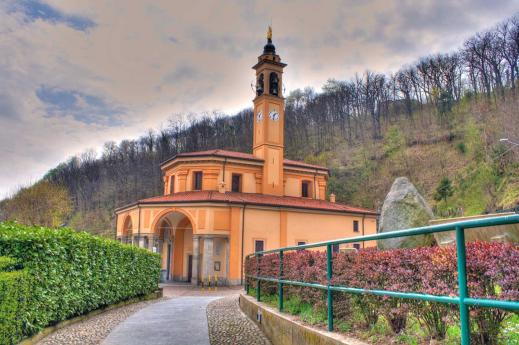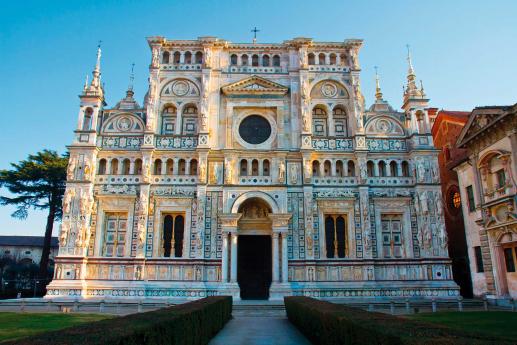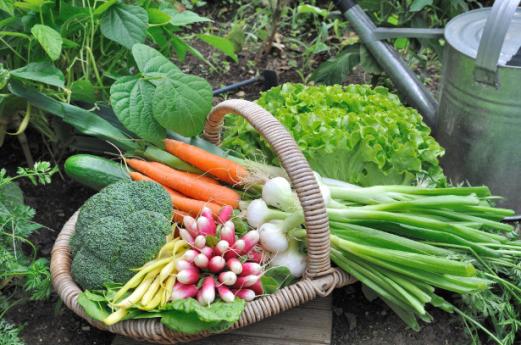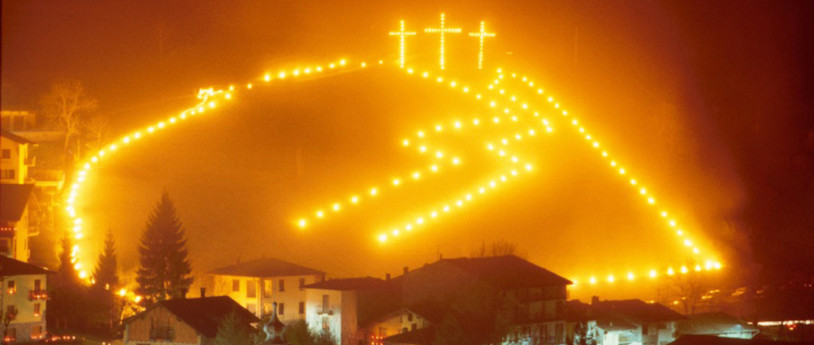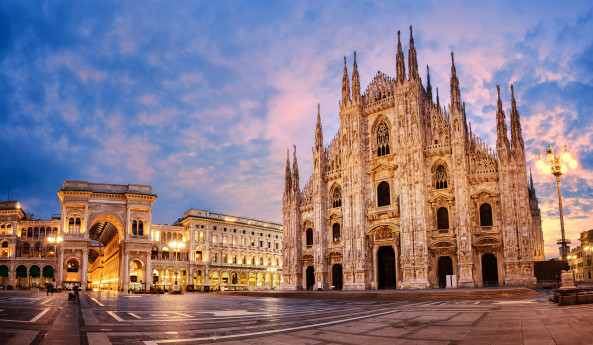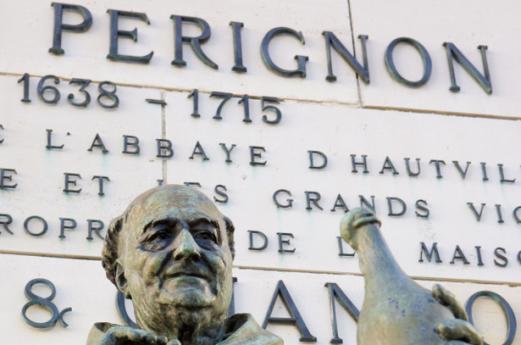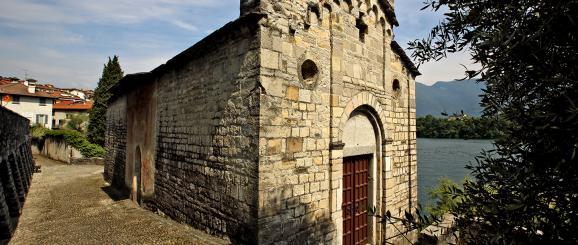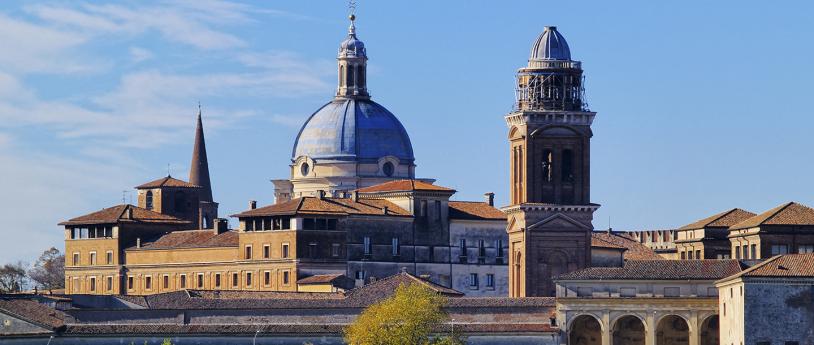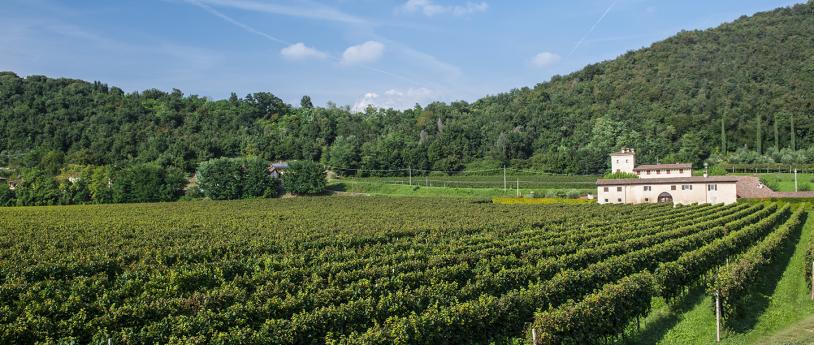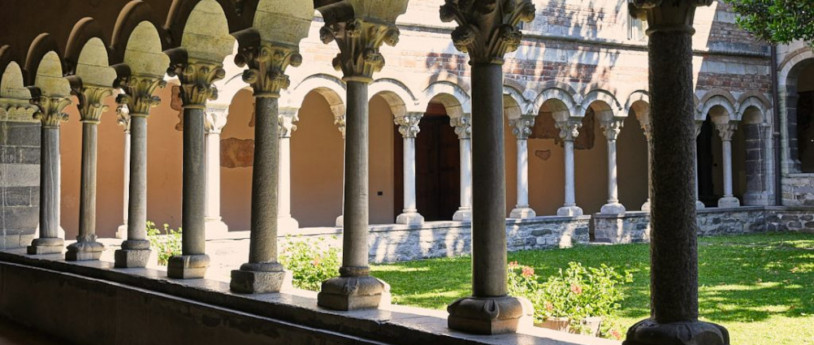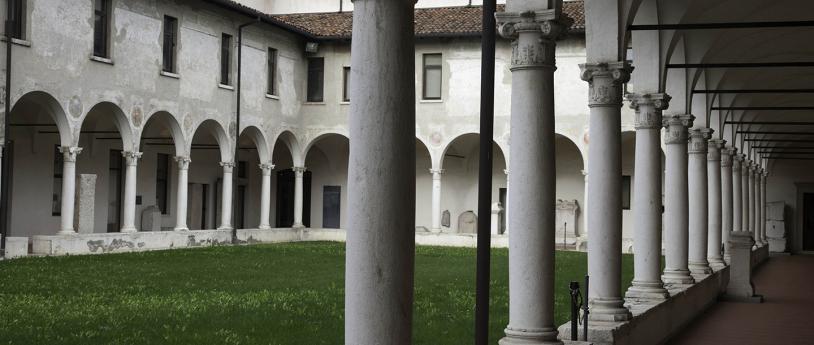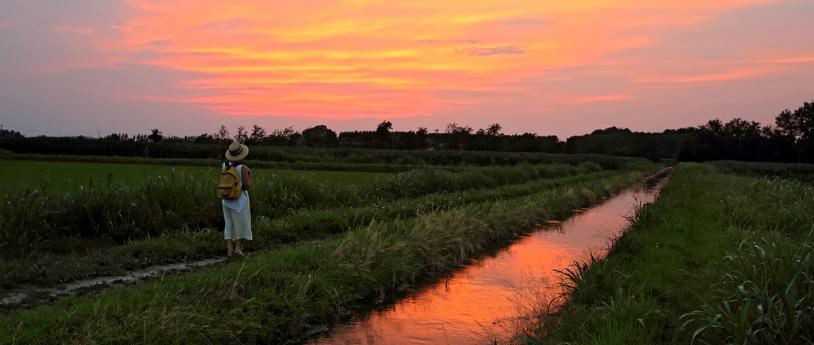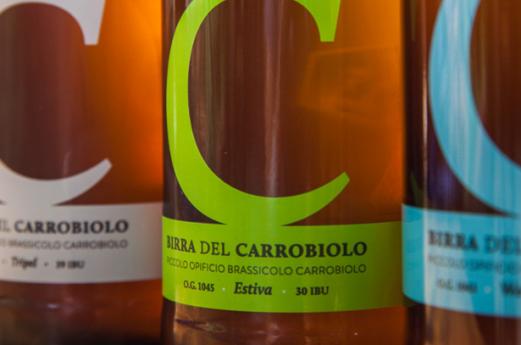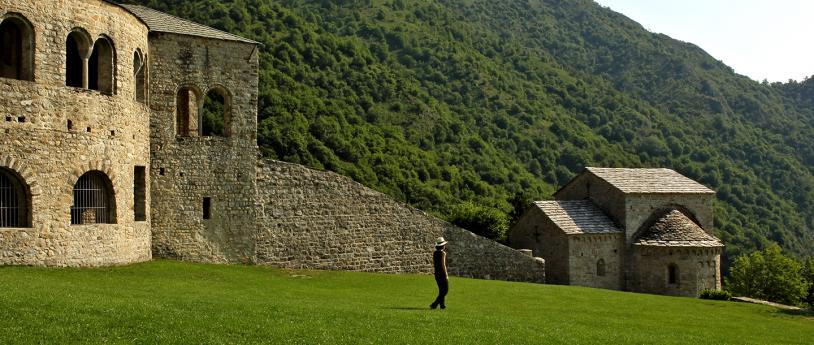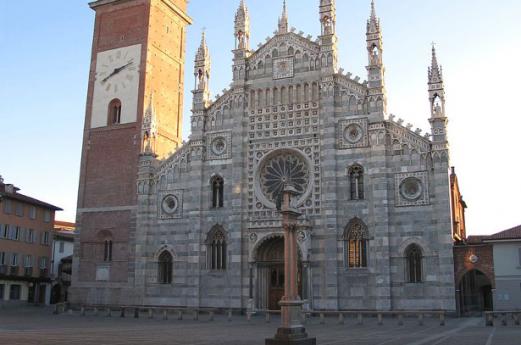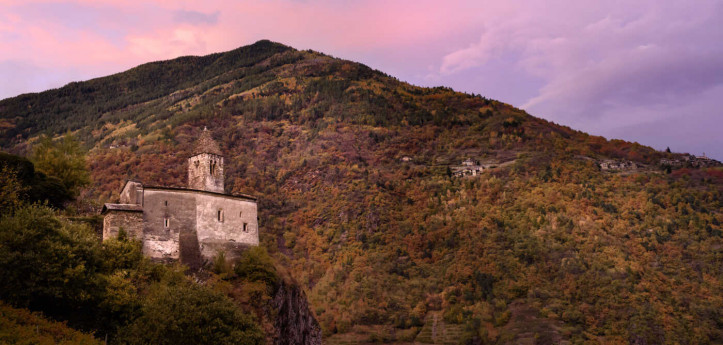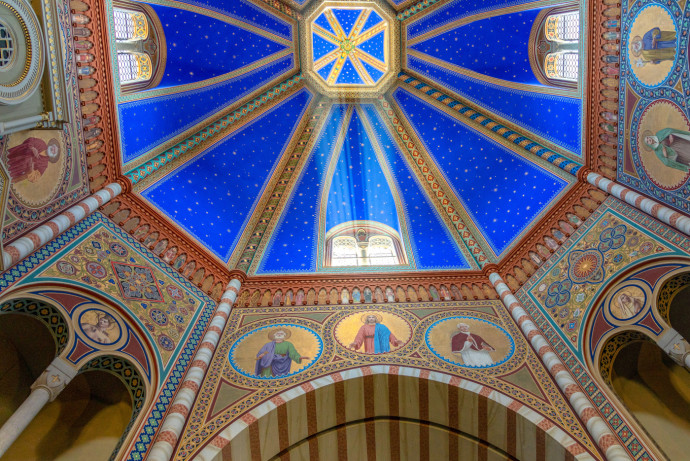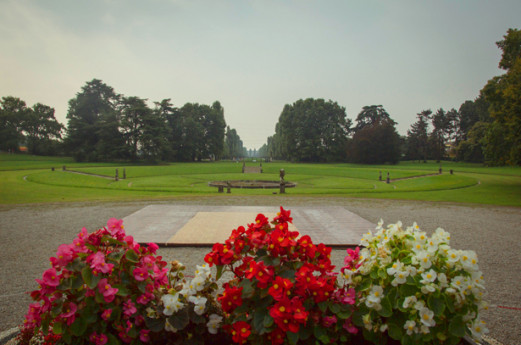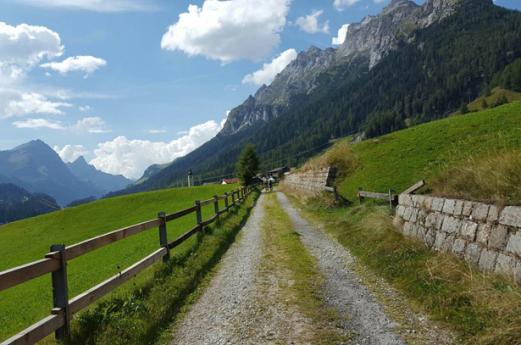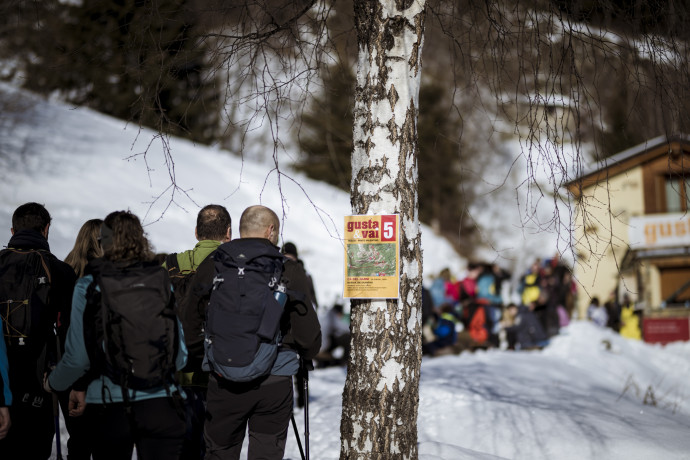- Religious Tourism
- Active & Green
Via Francisca
The magnificence of the mountains gives way to superb panoramas where unspoiled nature will envelope you in an unforgettable experience
Via Francisca del Lucomagno covers important stages and monastic settlements that were fundamental for European medieval history. The route is replete with historic and religious relics and, in ancient times, allowed pilgrims and emperors to reach Rome, starting from Lake Constance.
From the Customs Offices in Lavena Ponte Tresa, the departure point, we continue along the tracks of the old tramway that, in the middle of the twentieth century, used to connect Varese with Ponte Tresa and now offers several kilometres of cycle track.
Along the route, a number of old stations in the Liberty style can be seen. At Cadegliano Viconago, a few moments’ relaxation can be enjoyed in the Parco dell’Argentera amidst
streams, waterfalls and mills. The route continues to the old forge, the Maglio, and Lake Ghirla, a picturesque oasis of nature, and on to Badia di Ganna, which stands on the site
where, according to tradition, in around 1047, the young deacon Gemolo was killed and buried.
Goffredo da Bussero, a Milan historian, writes that the institution was founded by three canons from Milan cathedral, who, after a day’s hunting, visited the site of Gemolo’s murder.
Spend some time at the Sacro Monte di Varese. The seventeenth century route and the hamlet of Santa Maria del Monte have been a UNESCO World Heritage Site since 2003, the pride of the city and Lombardy. It is possible to park in Via Prima Cappella and start the climb from below, or in Piazzale Pogliaghi, behind the Sanctuary at the top.
There are fourteen chapels along the climb, artistic works of exceptional beauty, all dedicated to the mysteries of the Rosary.
Each has its own architecture that preserves sculptures and paintings inside.
When looking at the scenes depicted, remember to also look up at the magnificent ceiling frescos. Due to the grating and protective glass, you will not be able to take decent photographs. Better just to admire them with the naked eye!
Once past the last chapel, you will face a climb to the Sanctuary and the hamlet of Santa Maria del Monte, where you will be welcomed by an enormous statue of Moses; after a short visit to the panoramic terrace, visit the little Sanctuary, the climax of the route, full of frescos illustrating the glorious Assumption of the Virgin Mary in the sky amid the glory of the Angels and Saints.
Spend some time on a visit to the adjacent crypt, restored and open to the public, to admire the remains of the church from the High Middle Ages, decorated with stupendous fourteenth century frescos. Entry is free after 5.30 p.m. or for payment, with an interesting guided visit. And that’s not all. In the hamlet of Santa Maria del Monte, there are two museums that are without doubt worth a visit. Alongside the Sanctuary is the Baroffio Museum, with small collections of Romanesque sculpture, illuminated manuscripts and paintings donated to the Sanctuary by Baron Giuseppe Baroffio.
It was reopened in 2001 and extended with a section of contemporary works of sacred art.
The Pogliaghi Museum must also be visited, accommodated in the house that the Milan artist chose as his residence. It houses an astonishing collection of artefacts. In addition
to sketches and sculptures by the artist along with Greek, Roman and Oriental exhibits, in the drawing room you will find the full-size preparatory plaster cast of the door of Milan Duomo on the back wall; it is a jaw-dropping spectacle.
Finally, a visit to the medieval ruins of the Castrum of Castelseprio, a UNESCO World Heritage Site since 2011 as part of the project “Italia Longobardorum – The Lombards in Italy, the seats of power (568-774 A.D.)” which covers a series of sites concerned in the passage of the Lombard civilisation in the territory. The Castrum of Castelseprio, built along the street that used to connect Novara to Como, lies at the top of the brow of a hill protected by thick walls, with towers at intervals of around 30 metres. It retains several examples of military architecture, including the complex of Torba, Santa Maria Foris Portas and the church of San Giovanni, vital evidence for studies of the Lombard period.
5 REASONS TO COVER THE ROUTE
1. The Parco del Ticino, a great surprise for those visiting for the first time and never disappointing for those who decide to return and enjoy the marvels it offers.
2. Varese, the Garden City: an epithet that perfectly expresses the idea of the marriage of art and nature that has characterised the city’s soul for many centuries.
3. The Monastery of Torba, to fully enjoy the experience of a past epoch that led to this ancient place being recognised in 2011 as a UNESCO World Heritage Site.
4. The natural scenery that surrounds the Sacro Monte. Located on a hill behind Varese, on fine days most the Po Valley can be seen from here, all the way to the Lombard mountains towards Bergamo and Valtellina.
5. The Elixir del Borducan, the liqueur of theSacro Monte, an infusion of oranges and aromatic herbs invented by the Garibaldi follower, Davide Bregonzio, in 1872, which you can taste in the establishment of the same name at the end of the day.

